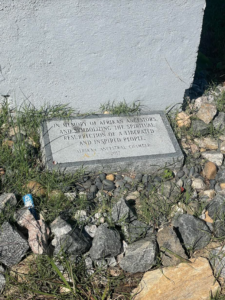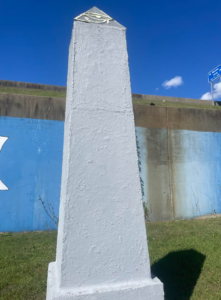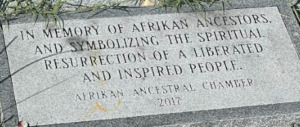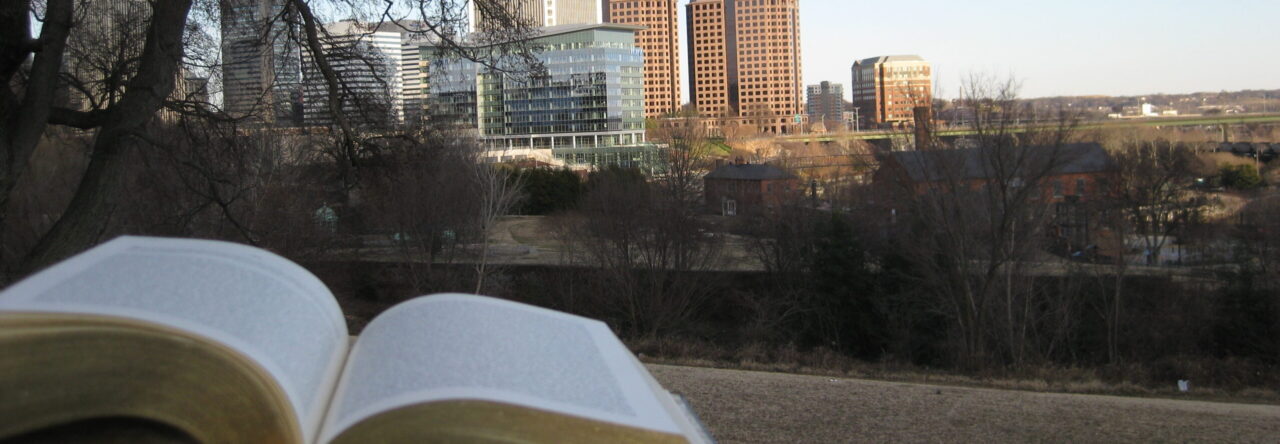Over break, my family was sharing stories from the last time that we were able to all go on a trip over Christmas as a family. Due to sports and being in different schools, my brothers and I have always had different length breaks as well as a variety of practices and events we’ve needed to go to. We were talking about this because for the first time in five years, we’re able to go on a Christmas vacation with all five members of my family, my dad, mom, older and younger brother, and I. We were sharing stories from our last trip where we went to Utah to go skiing with some families of friends from where we used to live. My younger brother shared a story of how that was the first time he skied down a double black diamond and how much faster it felt to him. My mom told us how nice it was to see her three boys reconnecting with their friends from where we were born, as we hadn’t seen them in years. Hearing those stories made me think about my first time skiing down a double black diamond; like my younger brother, I too went down with my older brother and my dad, except in this case, I was one of the older brothers. Hearing my mom’s perspective made me realize that she could see how great it was to see my first friends and she could see how excited I was. She could see what I unknowingly knew, that these friends were my first nonfamily relationships and how strong that bond was even after not seeing each other for a long time.
Category: Will L Page 1 of 3
Two Options for Spring: Fridays at 2 or Tuesday nights (only about 3 spots for Tuesday night)
Start class by watching Dr. Gabor Mate about the 7 impacts of trauma
- Trauma is not what happens to you, it’s what happens inside of you as a result of what happens to you
- Separation from self
- Ignoring a gut feeling
- Disconnection from others
- A feeling of isolation, don’t trust others
- Altered worldview
- However you see the world, that’s the world you live in
- Lifelong pain
- The wound is open and never [disappears], it’s pain you need to escape from (need to deal with it to heal it)
- Disruption of cognitive development
- Infants have no self-regulation, what happens if an adult never developed that self-regulation
- Personal shame
- Shame on who and what you are as a person (self-blame)
- Difficulty being present
- It keeps you stuck in the past, when you think you are reacting to the present you’re actually reacting to the past
Listening to Noa Baum
- The effect of this difficult storytelling exchange
- “created not just by the content of the story at the process of being together in the same space and time sharing stories and this process is the core attribute that sets storytelling apart because you see it’s not just about the story it’s about us that human connection”
- Shift in the cognitive
- Accepting the paradoxes around us is the hardest thing for us
- As long as you insist on one answer, only your own story, then you aren’t open to change
- Opening up leads to insight and compassion, but it’s not easy
- Do you stay safe in your familiar shelter of “us vs. them?” OR do you allow yourself the “uneasy territory of paradox the choice”
- Julia – even though there’s a lot of divide right now, there can be understanding through storytelling/sharing
Prof. Dolson – Are you experiencing polarization when you move into campus and have a roommate? Have you experienced the ability to connect? Find common ground?
- You need imagination to do that
- Kaylee – “Trying to put yourself in their shoes”
- How many times have you had to “fall off the wagon” to recover
- 6 or 7 times to get a stronghold in recovery
- Pain is inevitable, suffering is not
- Pain is one of the things that keeps us alive, but how do you deal with mental pain?
- We have developed tools for that, storytelling is (one of) the most important ones
- When we share a story we build a bridge
- Pain is one of the things that keeps us alive, but how do you deal with mental pain?
This semester we’re sharing our own stories
- There’s a need to work with your story and make it one that your audience can find themselves in
- It should be a story you feel comfortable sharing, but important enough that you can work on
- Looking at Persepolis:
- How much of her story is trauma? How much is memory? What stands out to you when you consider why is she telling her story?
- Where is a place in her story that you find yourself relating to her?
- Brice – kinda just the book itself, considering yourself as a younger version and what you viewed then vs. what actually happens/the views of your parent or an adult
- Kristine – surprised at how perspective she is as a child
- Did anything stand out to you about Iran
- Brice – the dress code, didn’t know it died at some point and then came back
Last part of class: share your idea for the story you want to tell with a partner
- What would that story be like?
Listening to Professor Dolson’s story was very different because it had music and pictures that helped me envision what she was saying. It made me think more about the connections between her story and my life. I know that I have seen many white picket fences and brick buildings in my life too. Overall, this method of storytelling seemed to be a deeper way of connecting to the audience through not only words but music and images as well.
I listened to the Walking Together story, which was about making a new friend. I could hear how the storyteller was nervous about sharing this story, I think partially because she was nervous to public speak, but more because as she recalled, she was nervous to make her new friend. She clearly wanted to share this story and she told it in chronological order. She started with her reason for needing a new friend, then told how she made a new friend, and then how she and that new friend spent their time.
I found these newer chapters even more intriguing than the old ones. The way in which she narrates her childhood in the drawings and her future self in the text flows very well. It really emphasizes how growing up during such an unstable time was tough for her. It is very interesting to both read but also see how she changes as she grows up in this time. The development of her ideas about what’s happening around her in her country is very prevalent. Seeing how fast she had to adjust to her life in this time was very unique to both see and read.
I notice that when telling a story in a graphic format, color plays a big role basically equal to the words. While having pictures to go along with the story it takes away from the imaginative aspect of the story. You don’t really have to think about what something would look like in the context of the story because it has been given to you.
One thing that I noticed about how she tells her story was that she tells her story as she is now, but her speech bubbles and the illustrations reflect her at age 10. I think the combination of these really helps to frame her story and make it easier to understand. I think that the fact that the drawings are all black and white is also helpful as it doesn’t distract from the story her story at all but there is still the assistance of pictures.
For the first essay, are we able to use our writing from another class and talk about how it helped us learn that material as well?
The photos I have included are of the obelisk on the slave burial grounds as well as the inscription at the base of it. I chose to include this because of how it caught my eye both the obelisk itself as well as its description. It seemed out of place when I first saw it but after reflecting on it I’ve thought about the fact that the grounds themself are out of place as they shouldn’t have to exist. When I was reading the description I noticed that Africa was spelled with a K and after looking into it I found that “reverting to the “K” spelling empowered people of African descent and created the foundation for a common identity between them.” I feel that this obelisk does a good job of standing out and making people understand why it’s there.



Seeing Lumpkin’s slave jail and the slave burial grounds was very different than when we saw the burial site on our campus. It was much larger and made me more aware of the fact that these were all over and now it is unknown where many of them are now. On my notecard, I wrote about how I thought that it would be similar to the site on campus but with more information.
After arriving we split into two groups to observe where the slave jail once stood as well as the former home of Emily Winfree and the field of the burial grounds. I was in the group that looked at the Winfree cottage and where Lumpkin’s was. Reading about the cottage I learned how Ms. Winfree was one of the thousands of black Richmonders who became free and was able to live in a thriving African-American community. Seeing where Lumpkins once stood was informative because it made me learn how many places like this used to scatter the area and now the majority of them are just buried under the city’s infrastructure.
Moving through the underpass we learned of the execution of General Gabriel and we saw some information signs under the trees where this occurred. The field was much larger than I thought and hearing that it used to be a parking lot was very interesting. There was also an obelisk that was made in memory of “Afrikan Ancestors and symbolizing the spiritual resurrection of a liberated and inspired people” -Afrikan Ancestral Chamber 2017. Leaving the grounds I wrote about how the size of the burial grounds surprised me and how the jail most likely still has part of its grounds under the highway.
